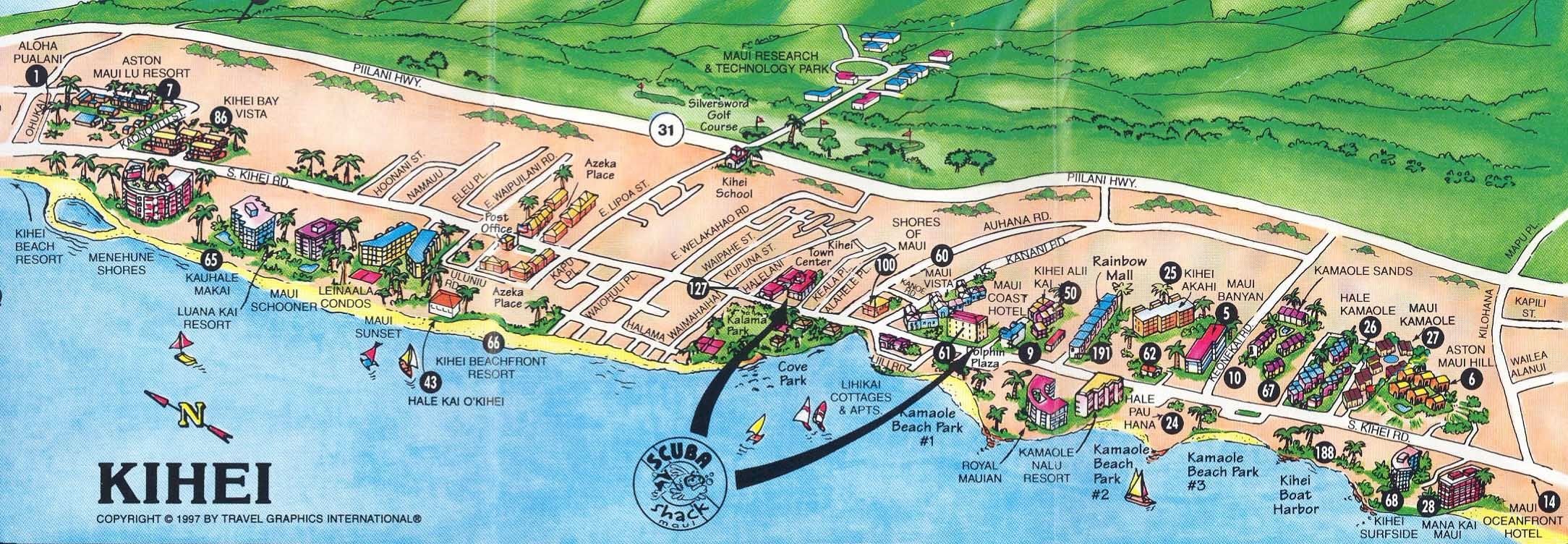Beach & resort towns’ prime conditions for true ridesharing.
Case Studies
How the Roam™ app applies
Imagine pairing tourists who rent cars and locals who have them with tourists who don’t and locals who can’t afford it. The practicality of it is easy with nearly every destination in a north-south line. And the social aspects are particularly unique.
Travelers who know the island like the back of their hands sharing rides with people who would love to know the best beaches, the favorite pizza joint, or where to catch their home team’s basketball games.
What’s the situation?
The town of Kihei is on the south side of the island of Maui in Hawaii, USA. Tucked between the airport city of Kahului to the north, and vacation condos and resort hotels to the south, Kihei’s population is split between locals who keep the island running and vacationers who rely on those facilities during their stay.
Another interesting thing about Kihei is that there are primarily two directions to go to get to almost anything – from beaches and hotels to restaurants and shops. So two populations struggle to go in the same two directions multiple times per day.
What’s the Problem?
For local Kihei residents who make up the workforce, transportation is a constant challenge for reasons of cost, convenience, and accessibility. Owning a car is more expensive than on the mainland and a luxury for many who work in tourism or hospitality. Two main bus lines serve this end of the island both pretty reliable, but one is slow and the other is slower.
For the other half, the options include renting a car for hundreds of dollars per day, paying daily for Uber or Lyft, waiting for a beach bus, or staying within a radius of their resort or condo. But that means not going to the marina, whale watching, Mama’s Fish House on the north shore, a trip to the Haleakela crater, or visiting nearby towns like Paia.

